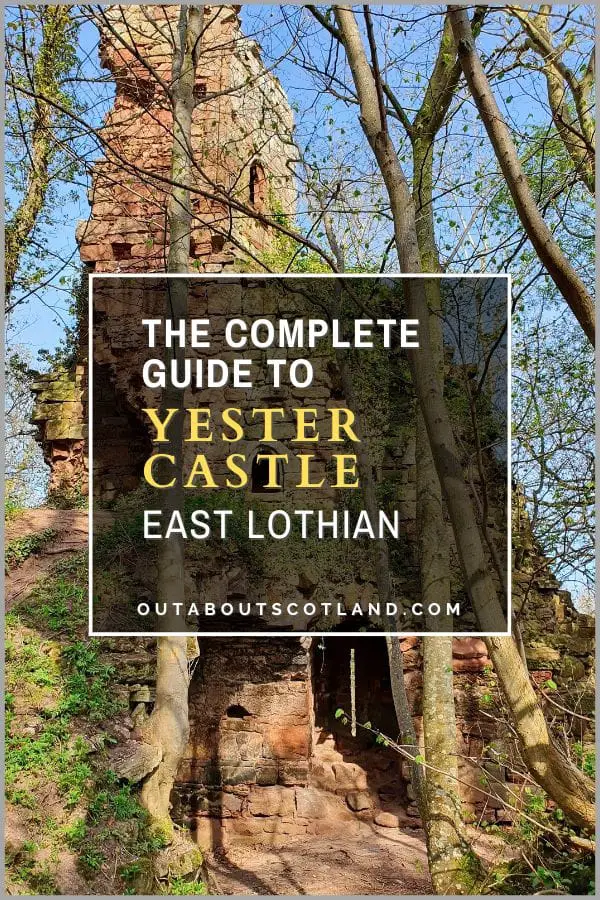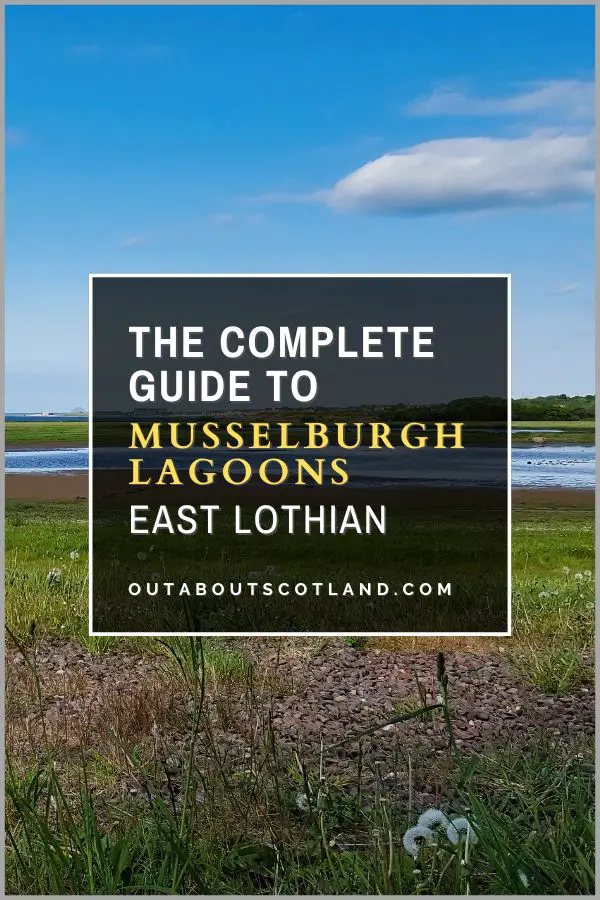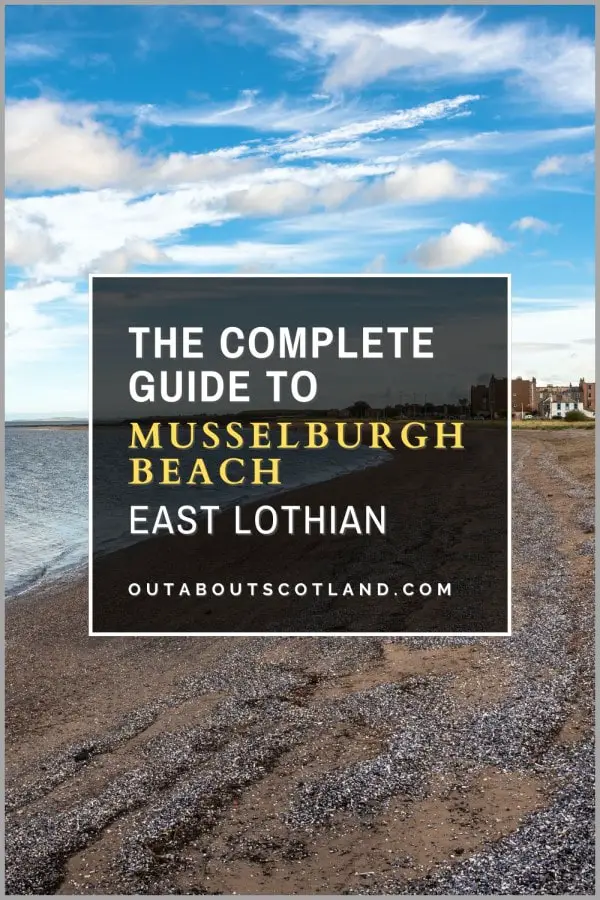Nestled in the picturesque county of East Lothian lies a hidden gem of medieval architecture – Seton Collegiate Church. The church, founded by the 1st Lord Seton in 1470, has several fascinating features including a beautifully preserved chancel and nave, an ornately carved rood screen, and the still-intact Sacristy, which makes it a fascinating destination for history buffs and sightseers alike.
Visitors are welcome to explore the church’s intricate features and marvel at the craftsmanship of the medieval era, and the experience is further enriched by information panels that tell the story of the Seton family and their influence on Scottish history.
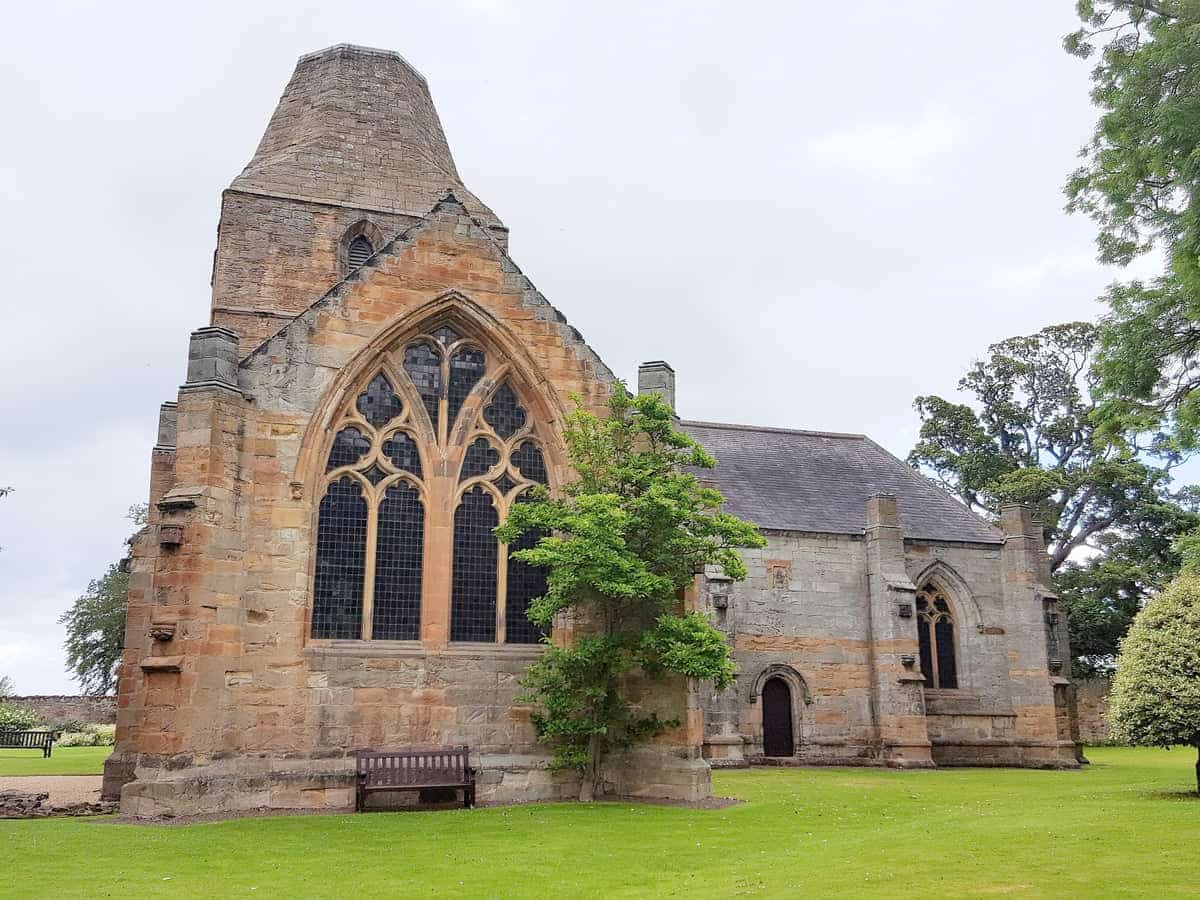
| Address: | Longniddry, East Lothian, EH32 0PG |
| Opening Hours: | 1 April to 30 September: daily, 9.30 am to 5.30 pm Last entry 5 pm |
| Admission Price: | Member/Explorer Pass holder: Free Adult: £6.00 Child aged 5-15: £3.60 Child under 5: Free Concession: £4.80 |
| Parking: | Free on-site car park |
| Contact: | 01875 812 942 |
| Facilities: | Shop, toilets, picnic area, water refill, partial disabled access |
Overview
Seton Collegiate Church, also known as Seton Chapel, is a collegiate church south of Port Seton in East Lothian. The church is situated next to the magnificent Seton House (which is privately owned) and is set in several acres of managed gardens.
Although this historic attraction is quite small and will take less than an hour to explore, it’s worth visiting if you’re in the area as it offers a unique glimpse into the past that, for a change, isn’t centred around a castle.
The origins of the church date back to 1242 when the original parish church was consecrated by the Bishop of St. Andrews. Over the following decades, the church was expanded and eventually converted into the collegiate church that we see today. It would have been quite elaborately decorated in its heyday but it’s now sadly just a shell of the original building, though it’s no less interesting for it.
The church is situated close to the lovely East Lothian coastline and there are lots of other attractions in the area so it can be easily combined with a visit to a beach (Yellowcraig) or a castle (Dirleton Castle). You might also like the nearby Prestongrange Museum and Musselburgh Lagoons Nature Reserve.
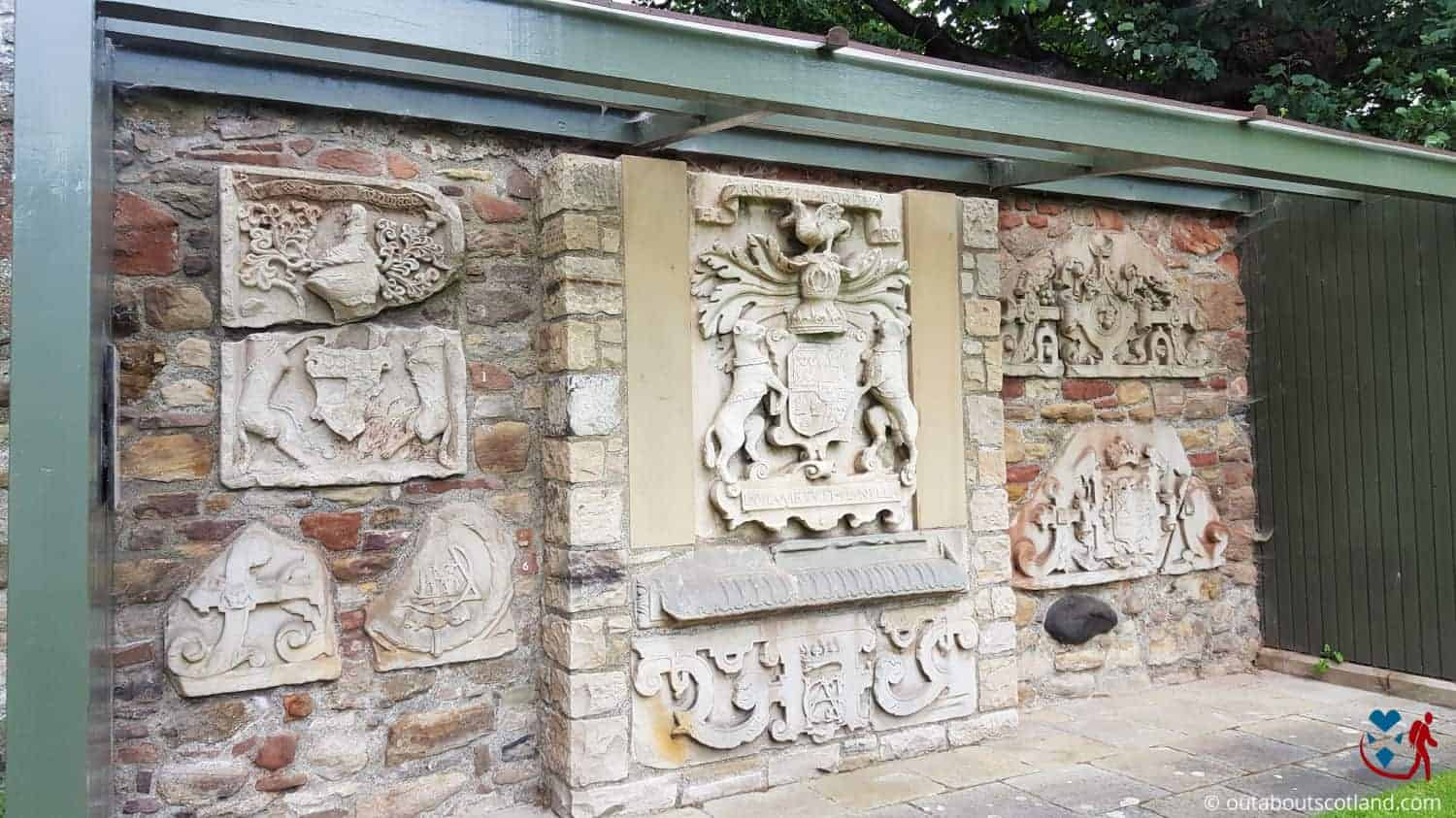
Book Tours in Scotland
The Highlights
1: The grounds are lovely and have good views across the Firth of Forth. Admittedly it won’t take you long to visit Seton Collegiate (plan for 30-60 minutes), but it makes an interesting destination for anyone exploring this often-missed part of East Lothian.
2: Seton Collegiate is located quite close to Edinburgh, so if you’re tired of the busy city centre it makes a nice wee alternative attraction. By car, it takes around 30 minutes to get there from Princes Street.
3: There are some interesting carvings at Seton Collegiate Church, both inside and out. At the rear of the church, there’s an outdoor collection of carved stone tablets that date back to the 1400s.
Visiting Tips
1: Combine a visit to Seton Collegiate Church with a walk along the beach at Aberlady Bay Local Nature Reserve which is a 10-minute drive away.
2: East Lothian is an underappreciated county as there are so many attractions that are worth visiting. Highlights located within a half-hour drive of Seton Collegiate include the Glenkinchie Whisky Distillery and the National Museum of Flight.
3: There aren’t many facilities in the area but you’ll find a range of shops and a supermarket in nearby Prestonpans. If you’re after a quality sit-down meal I recommend the Longniddry Inn (Main Street, Longniddry, EH32 0NF).
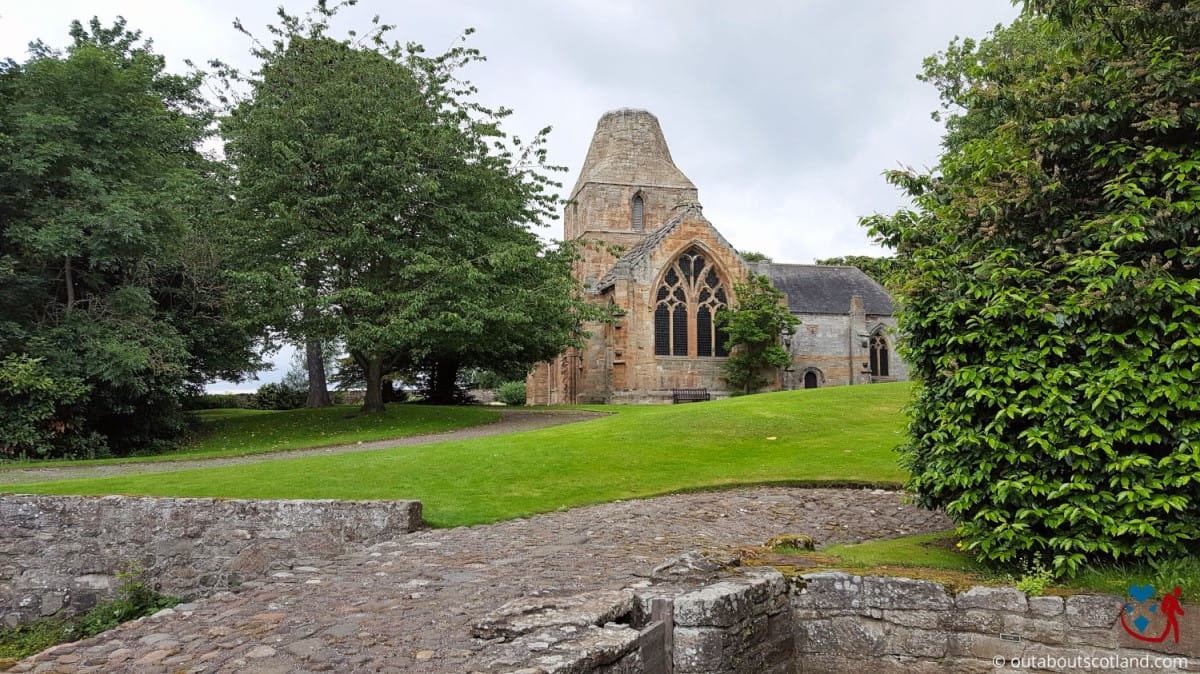
Protect Your Family From Scotland's Biting Midges
- Powerful, reliable protection for up to 8 hours
- Water- and sweat resistant
- Repels midges, mosquitoes, horse flies, sand flies, fleas and ticks
- Safe for use on adults, children over 30 months and pregnant women
- Non-sticky, moisturising with a pleasant fragrance
- Packaging may vary
Tourist Information
Sitting in a large managed garden, Seton Collegiate Church is now in the care of Historic Environment Scotland and is a 4-star tourist attraction. The stonework of the building is in remarkably good condition for its age and the church features several points of interest including a collection of stained-glass windows and elaborate gravestones.
The ruins to the rear of the church, meanwhile, are the location of the remains of buildings that were once inhabited by monks, but today only the foundations and some low-lying walls can be seen.
Although the main building is pretty much bare inside there are some examples of stonework that have been saved from hundreds of years of neglect and there are also information panels dotted about that give a rundown of the history of the church.
The stonework inside the chapel is worth taking a look at as it’s in exceptionally good condition, the highlights being the priest’s seat and the basin where sacred vessels used to be rinsed. Another section of the church that’s well preserved is the priest’s domestic quarters which indicate how cramped it would have been for six men to live in back in the day.
As is to be expected, Historic Environment Scotland has tried to make a visit interesting for children as well as adults, and they’ve included a fun fact-finding quiz and a scavenger hunt challenge to keep them occupied. There’s also a small visitor centre tucked away near the entrance which has a wee gift shop as well as toilets, but there are no disabled toilets.
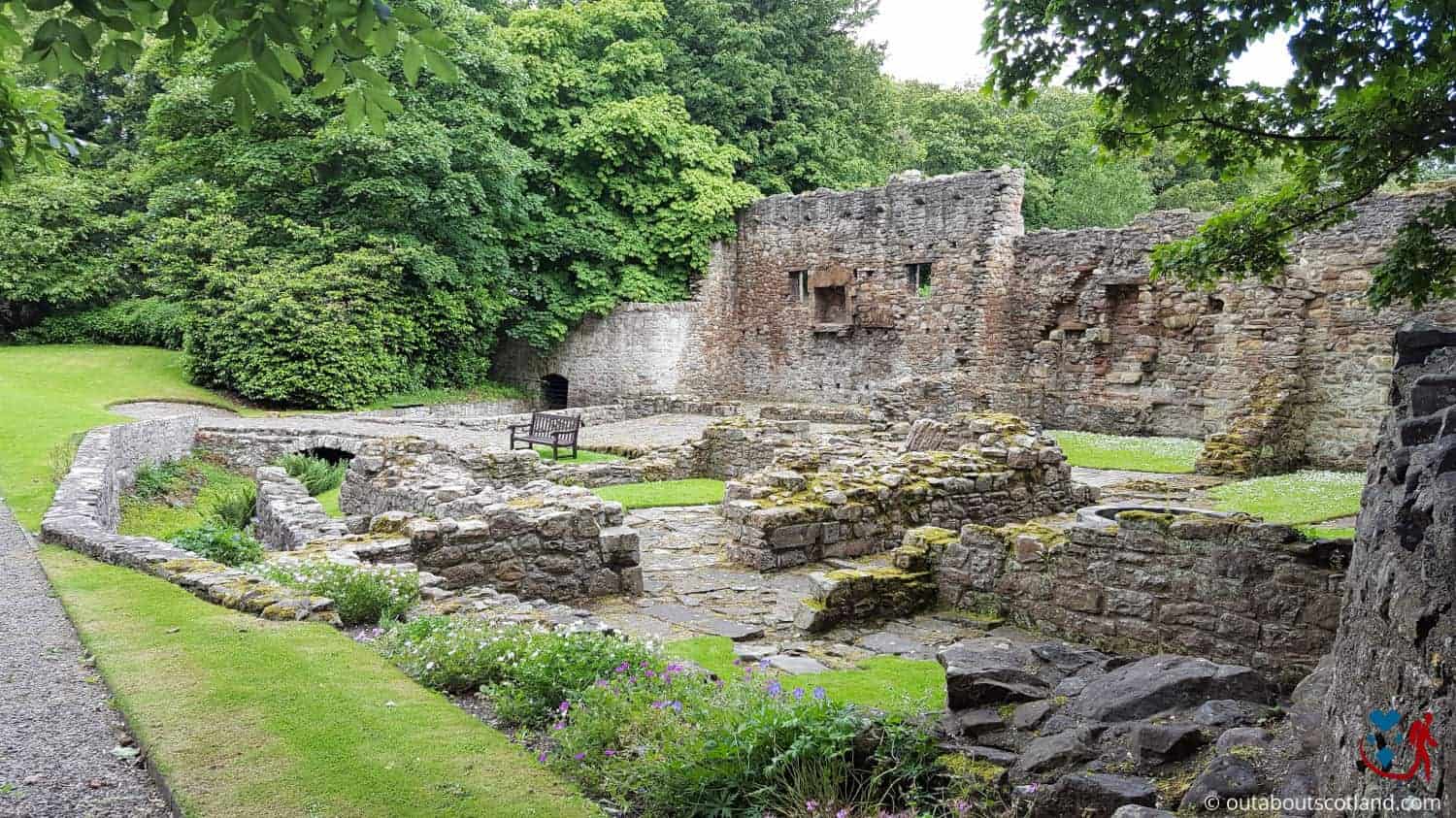
History
The church’s history began with a chapel built by Seier de Seton in the 13th century. It was initially intended to serve as a private place of worship for the Seton family, but in 1492, Lord Seton established a college of priests (or collegiate) to say Masses for the Seton family’s souls which led to the chapel expanding into a much larger building.
The church was built in the Gothic style and is one of the finest examples of this architectural style in Scotland. Despite the dissolution of the collegiate in 1580 following the Scottish Reformation, the church continued to be used as a place of worship.
The Setons were staunch Catholics and royalists, and their loyalty to Mary Queen of Scots led to their downfall. George Seton, the 7th Lord Seton, accompanied Mary Queen of Scots in her escape to England after her defeat in the Battle of Carberry Hill in 1567. After Queen Mary’s execution in 1587, the Seton family was ruined.
The church was abandoned in the late 17th century and fell into disrepair. However, in the 19th century, it was restored by the architect Robert Rowand Anderson. Today, the church is managed by Historic Environment Scotland and is open to the public.
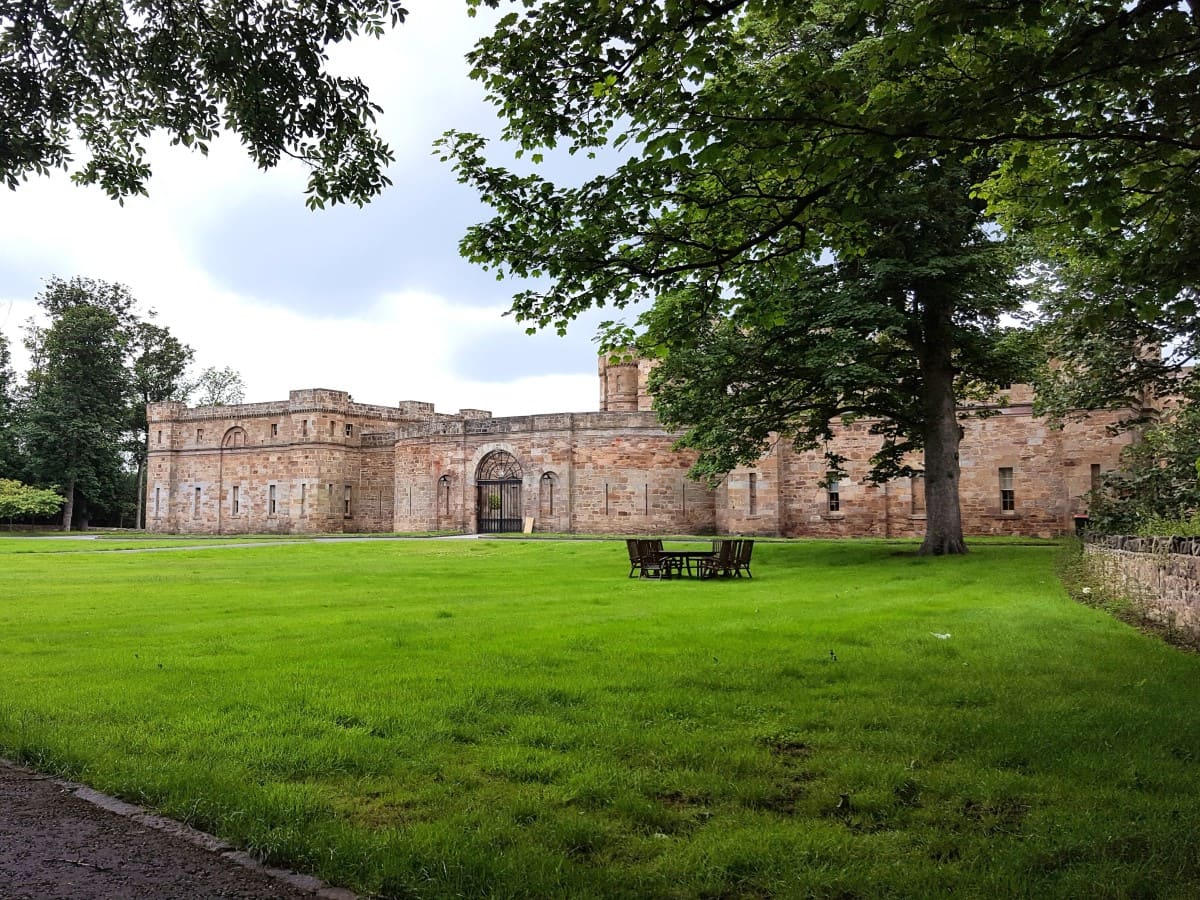
Book Tours in Scotland
Things to Do
Explore the Church: Walk around Seton Collegiate Church, a beautiful and well-preserved example of a collegiate church from the 15th century. Information panels will tell you tales of the powerful Seton family who founded the church and the many events that have taken place within its walls.
Explore the Beautiful Gardens: Lose yourself in the beautifully maintained gardens that surround Seton Collegiate Church. Admire the variety of flora and fauna, breathe in the fresh air, and enjoy the peace and quiet the garden offers.
Photography Session: Seton Collegiate Church and its surroundings offer an excellent opportunity for photographers. Capture the architectural beauty of the church, the lush gardens, or the stunning views of the surrounding countryside.
Local Cuisine: After exploring the church and its grounds, head to the nearby village of Longniddry where you can sample traditional Scottish dishes at the Longniddry Inn. From Haggis to Cullen Skink, or a dram of fine Scotch Whisky, there’s bound to be something on the menu to tempt you.
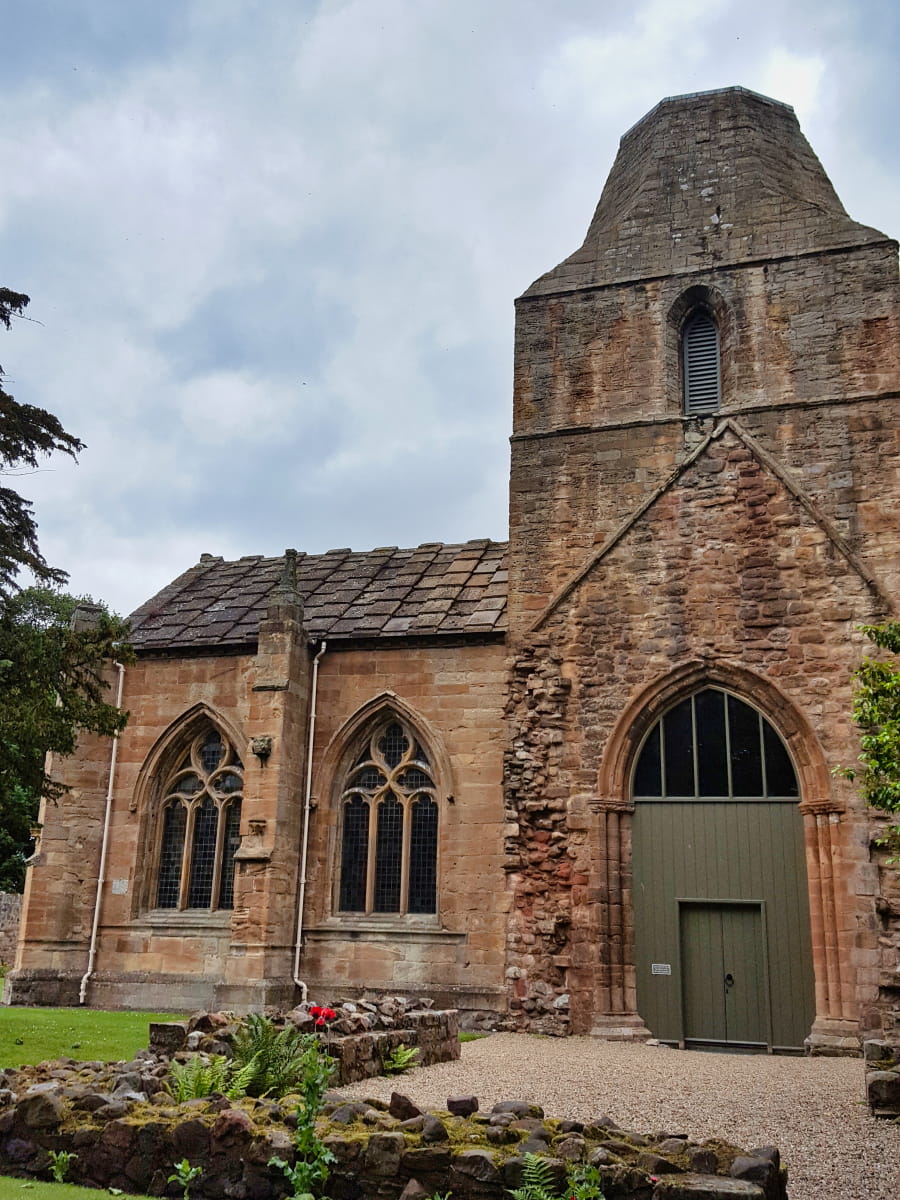
Things to Do Nearby
Gosford House and Grounds. Longniddry EH32 0PY. 8-minute drive.
A country house that is open for private events and public open days. The grounds are open year-round and offer picturesque walks through managed woodland.
Prestongrange Museum. Prestonpans EH32 9RX. 8-minute drive.
An open-air museum that features a collection of original machinery and industrial buildings from across 400 years when the site was a glass works, pottery and colliery. Entry is free. An on-site shop is open during the summer months only.
Musselburgh Lagoons Nature Reserve. 2 Hope Pl, Musselburgh EH21 7QE. 8-minute walk.
Nature reserve and popular bird-watching site that has been created from reclaimed coal excavations from nearby quarries.
Myreton Motor Museum. Aberlady, Longniddry EH32 0PZ. 11-minute drive.
A small privately run and highly-rated motor museum that celebrates automobilia with a collection of cars, bikes, motorcycles and trucks.
Carberry Tower Mansion House. Carberry Tower Estate, Musselburgh EH21 8PY. 9-minute drive.
A grand 18th-century country house set in 35 acres of countryside. The house is open both as a hotel and as a restaurant. The grounds are free to visit and paths run to Queen Mary’s Mount where Mary Queen of Scots is said to have rested after the Battle of Pinkie in 1547.
Protect Your Family From Scotland's Biting Midges
- Powerful, reliable protection for up to 8 hours
- Water- and sweat resistant
- Repels midges, mosquitoes, horse flies, sand flies, fleas and ticks
- Safe for use on adults, children over 30 months and pregnant women
- Non-sticky, moisturising with a pleasant fragrance
- Packaging may vary
Frequently Asked Questions
How do I get to Seton Collegiate Church?
Seton Collegiate Church is approximately 13 miles east of Edinburgh. The easiest way to get there is by car which usually takes about 30-40 minutes depending on traffic.
1: Get on the A720 from Leith Street/A900.
2: Follow the A720 and A1 to the A198 in Tranent. Take the A198 exit from the A1.
3: Follow the A198 to the Seton Collegiate. There is a car park immediately off the A198.
What is a collegiate church in Scotland?
A collegiate church is a church that is administered by a college of canons. Between 1250 and 1567 there were 42 collegiate churches in Scotland, most of which were privately funded by wealthy families.
What are Seton Collegiate Church opening times?
Visit the HES opening times page for the current opening times.
What visitor facilities are there at Seton Collegiate Church?
Seton Collegiate Church has a car park, a small shop/ticket office, and a picnic area. Visit the facilities page for updated information on available facilities.




